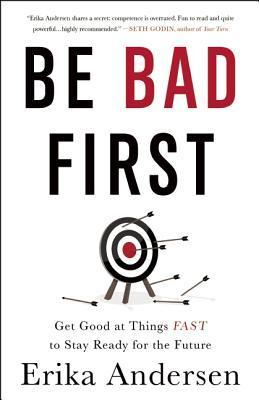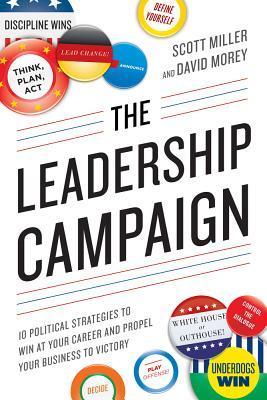

“Be Bad First – Get Good at Things Fast to Stay Ready for the Future” by Erika Andersen (Bibliomotion, $27.95).
Businesses tout the necessity of continuous improvement, but executives and managers must have the willingness to do things differently and do different things. Too often, their reluctance to try “different” plays into to their fear of failure.
Andersen believes that overcoming that fear starts by accepting “the discomfort and disequilibrium that is an inevitable part of learning something new.”
Think back to your childhood; almost every day presented you with something new. Learning to read, write, ride a bike, swim, play games, etc. were changes/challenges you readily tackled because learning allowed you to do more things. You didn’t learn to do any of them overnight. You judged your own performance, and learned that being bad at first was the first step toward becoming good at something. Fast forward to adulthood, where others judge your performance – your fear of failure developed.
To overcome that fear, Andersen’s ANEW model takes pages from childhood’s approach to change and creates a new workplace mindset:
A – Aspiration. It’s wanting something you don’t know have and creating plans/actions that turns the wanting into having. It’s all about making a commitment and following through.
N – Neutral self-awareness. Know your strengths and weaknesses. Self-awareness plays a crucial role in planning and execution because the horse always comes before the cart. Without it, it’s difficult to assess what you need to learn and what that learning will entail/require.
E – Endless curiosity. Rekindle the ‘I know I can make things work’ spark by constantly asking yourself and others ‘Why, What if, and How’ questions. Think about how you can gather information that will affirm aspiration – then gather it. Develop actions around possibilities/opportunities; execute, assess and keep asking questions.
W – Willingness to be bad first. Every expert starts as a novice. Accepting change requires going back to the novice state. It also requires an “I know I’ll be better – I’ll work at it” attitude, and remembering that maintaining expertise involves staying on the cutting edge.
Key takeaway: “Learn to be comfortable with being uncomfortable.”
“The Leadership Campaign – 10 Political Strategies to Win at Your Career and Propel Your Business to Victory by Scott Miller and David Morey (Career Press, $16.99).
Political strategists Miller and Morey put the business twist on what they’ve learned from election campaigning. They quickly distinguish between “Bigness Leadership,” which measures success by size and share and “Change Leadership,” which values speed and mobility that enhances marketplace value.
Change leaders are disrupters who keep staff thinking. They know that continuous improvement means the way a business does business should be constantly evaluated to fully understand what might affect tomorrow’s structure and market.
The authors’ 10 political strategies are aimed at “unlocking the potential of your company’s people” by giving them reasons to fully engage in and own their work. The key to unlocking their potential: Clearly communicating the contribution of their work as it affects the execution of each project.
Here are two of the 10 that drive the communications strategy:
“Build your kitchen cabinet.” Business leadership isolates senior management from the trenches. Bureaucracy creates a series of communications hurdles. While senior management can clear some by using ‘management by walking around,’ leaders need trusted confidants that tell them the unfiltered truth and clearing communications hurdles by opening feedback channels.
“Control the dialogue.” Change creates varying opinions on what should be done. Change leaders need to keep ‘first things first’ by controlling the ‘what and when’ of issues to be debated, and the pace of the execution of change. By reiterating the definition of the future of the firm, a leader focuses everyone on must be done to achieve organizational goals.
The bottom line: Today’s “is” becomes tomorrow’s “was.”
Jim Pawlak is a nationally syndicated reviewer of books.






